The 10 best exhibitions of 2022 according to Finestre Sull'Arte
What were the top ten exhibitions of 2022 in Italy? The editorial staff of Finestre Sull’Arte chose the top ten, taking into consideration all the exhibitions opened in 2022 (thus excluding those opened in 2021 and continued this year): here is our ranking!
10. ex-aequo. Sorolla at Palazzo Reale (Milan).
We couldn’t agree on the tenth on the list, so we decided to award a tenth place ex-aequo. One is for the monographic exhibition on Joaquín Sorolla held at the Palazzo Reale in Milan and entitled Joaquín Sorolla. Painter of Light, from February 25 to June 26, curated by Micol Forti and Consuelo Luca de Tena. It enters the rankings because it was the first exhibition in Italy to investigate the Spanish artist’s entire oeuvre, with a coherent and comprehensive journey that brought the Mediterranean light of Sorolla’s paintings to Milan, with several key masterpieces on display. Read our review here.

10. ex-aequo. Kandinsky at Palazzo Roverella (Rovigo).
The other tenth square goes to the exhibition on Vasily Kandinsky at Palazzo Roverella, Rovigo, held from Feb. 26 to June 26 and titled Kandinsky. The Work 1900-1940. In spite of the less than eloquent name, this was a new exhibition (despite the fact that as many as ten exhibitions on Kandinsky have been held in Italy in the past two decades) because the stated goal of the exhibition curated by Paolo Bolpagni and Evgenija Petrova was to trace the sources of the Russian artist’s inspiration. Goal achieved and exhibition that deserves entry into the top ten. Read our review here.

9. Raphael at the Pinacoteca Nazionale (Bologna).
Very few loans, but an exhibition of international scope(Julius II and Raphael. A New Season of the Renaissance in Bologna, at the Pinacoteca Nazionale di Bologna, from October 8, 2022 to February 5, 2023, curated by Daniele Benati, Elena Rossoni and Maria Luisa Pacelli), because of the presence of a masterpiece by Raphael from the National Gallery in London, the Portrait of Julius II, and above all because of a path that, with some additions made possible precisely thanks to loans, presented to the public the new layout of the Renaissance rooms of the Pinacoteca Nazionale di Bologna, with a high-level itinerary devoted to maximum clarity for the public. We chose this exhibition not only for the refinement of the proposal but also because it is representative of an exhibition paradigm that sees the presence of a few, selected works on loan from outside to set up focuses on the collections in order to make the community rediscover its heritage. Read our review here.

8. Bosch at the Palazzo Reale (Milan)
It was among the most anticipated exhibitions of the year, and expectations were not disappointed. An itinerary dedicated not only to Jheronimus Bosch, of whom there is a small but very significant nucleus at the Palazzo Reale in Milan, but to his entire context, to present to the public an “other” Renaissance, made up of eccentricities, extravagances, passions completely contrary to those of the Renaissance of balance, harmony, anthropocentrism. In total antithesis, then, with respect to the trivializing message passed by the Venice Biennale “against the Renaissance,” as per the declarations of the first hour, against which the exhibition Bosch and Another Renaissance (from November 9, 2022 to March 12, 2013, curated by Bernard Aikema, Fernando Checa Cremades and Claudio Salsi) seems almost an unintentional but resounding response. Read our review here.
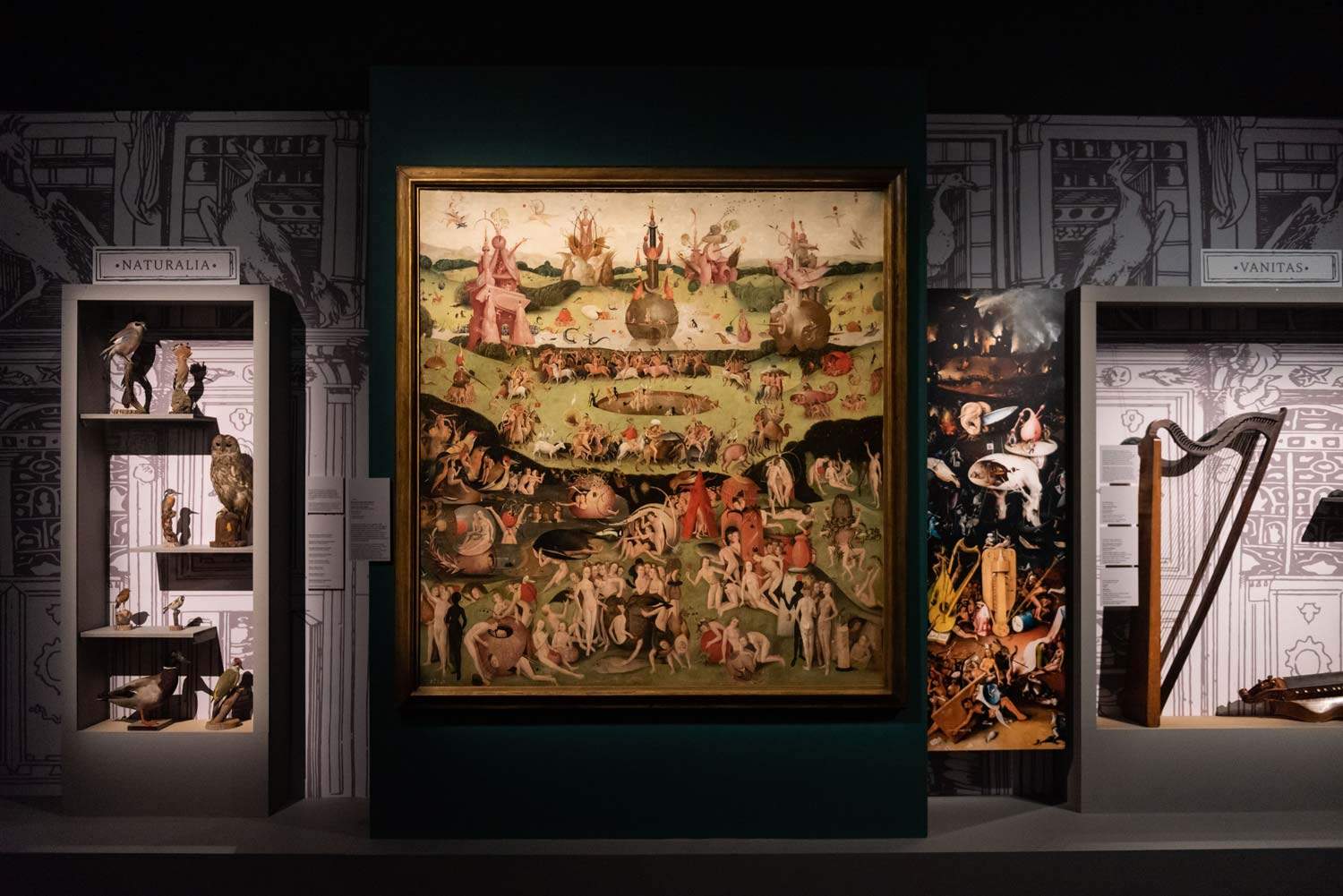
7. Leonardo Dudreville at the Ragghianti Foundation (Lucca).
The exhibition on Leonardo Dudreville(New Tendencies. Leonardo Dudreville and the Avant-Garde in the 1910s, from October 15, 2022 to January 8, 2023) curated by Francesco Parisi was one of the best ever seen at the Fondazione Ragghianti in Lucca: not only a high-level research proposal, but also an itinerary that is sure to fascinate the public given the quality of the works and their unusual character. An itinerary that did not explore the whole of Dudreville’s career, but only the lesser-known part, i.e. the Divisionist, Futurist, Novotendentist Dudreville, from his beginnings until 1920, the year in which the artist would embrace that Novecentist-style painting for which he is universally known. Read our review here.
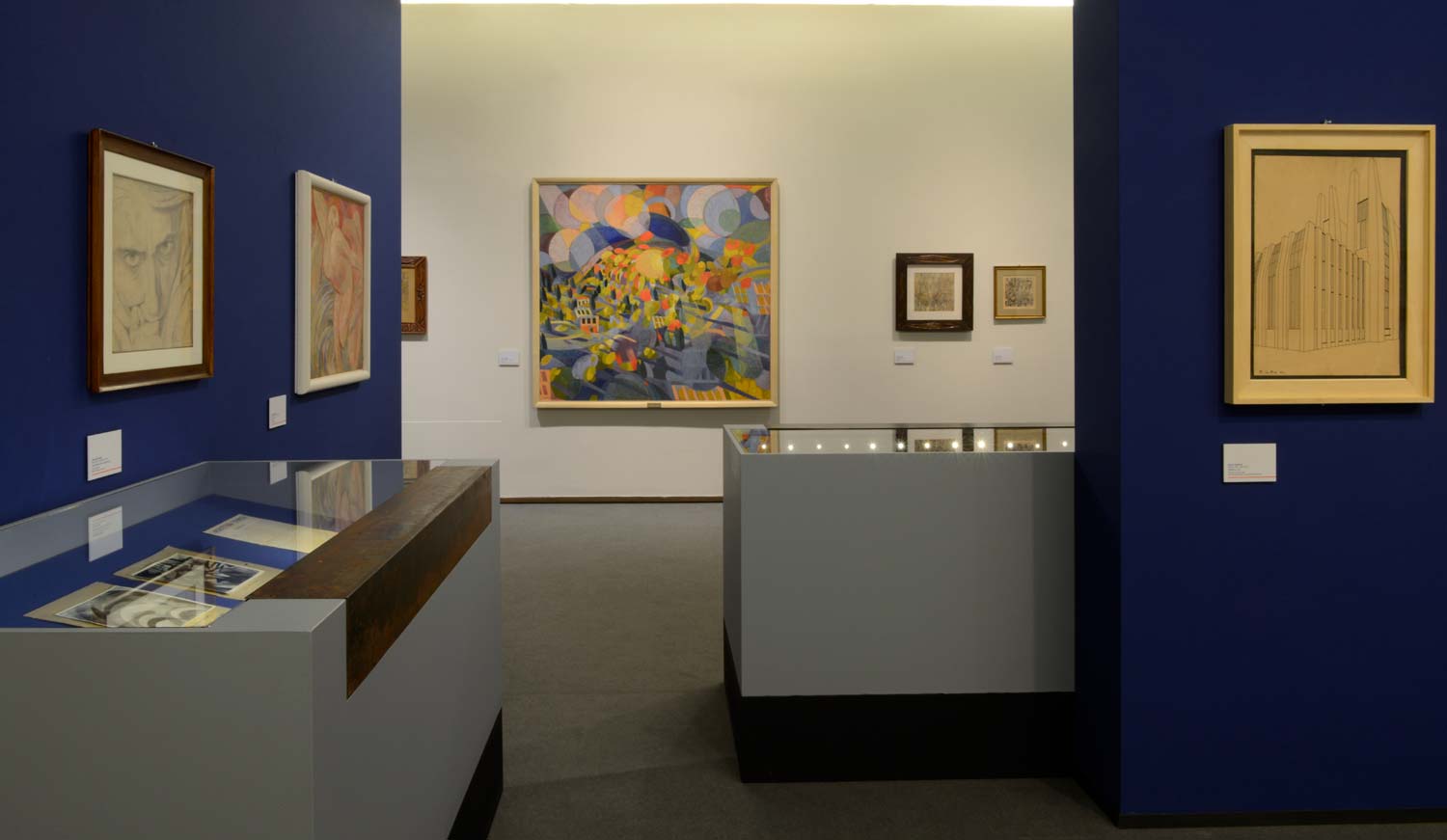
6. Aeropittura at the Labirinto della Masone (Fontanellato).
The exhibition on Futurist Aeropainting at the Labirinto della Masone in Fontanellato(From Above. Aeropitturafuturista, from April 9 to September 18, 2022), curated by Massimo Duranti, wanted to set itself up as a comprehensive review on the subject, and the goal in this case, too, was fully achieved, because at Franco Maria Ricci’s Labirinto there was almost everything there needed to be: a selection with a hundred works including all the fundamental works, with works by all the artists who practiced that particular genre from the 1920s onward. Read our review here.
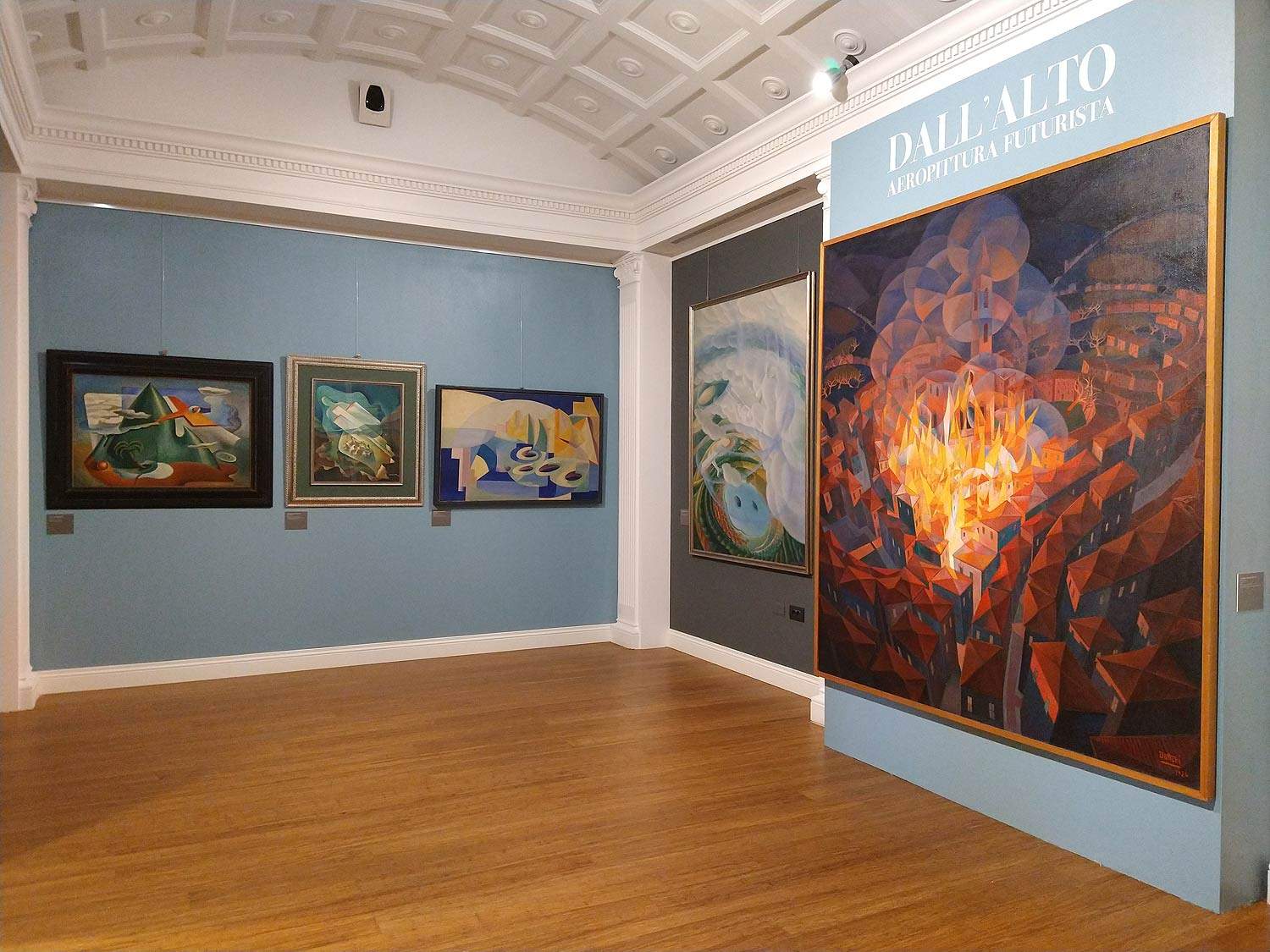
5. The Macchiaioli at Palazzo Blu (Pisa)
Among the rooms of the Palazzo Blu in Pisa, curator Francesca Dini has set up an exhibition on the Macchiaioli with a very simple title(I Macchiaioli, from October 8, 2022 to February 26, 2023), no frills, but distant from the thousands of exhibitions on the Macchiaioli that are organized all the time due to the fact that here the public can admire so many fundamental masterpieces, in a review that has in fact presented a canon (although the curator’s work has focused only on the first generation of Macchiaioli): a kind of milestone, then, for all exhibitions on the theme to follow. Read our review here.
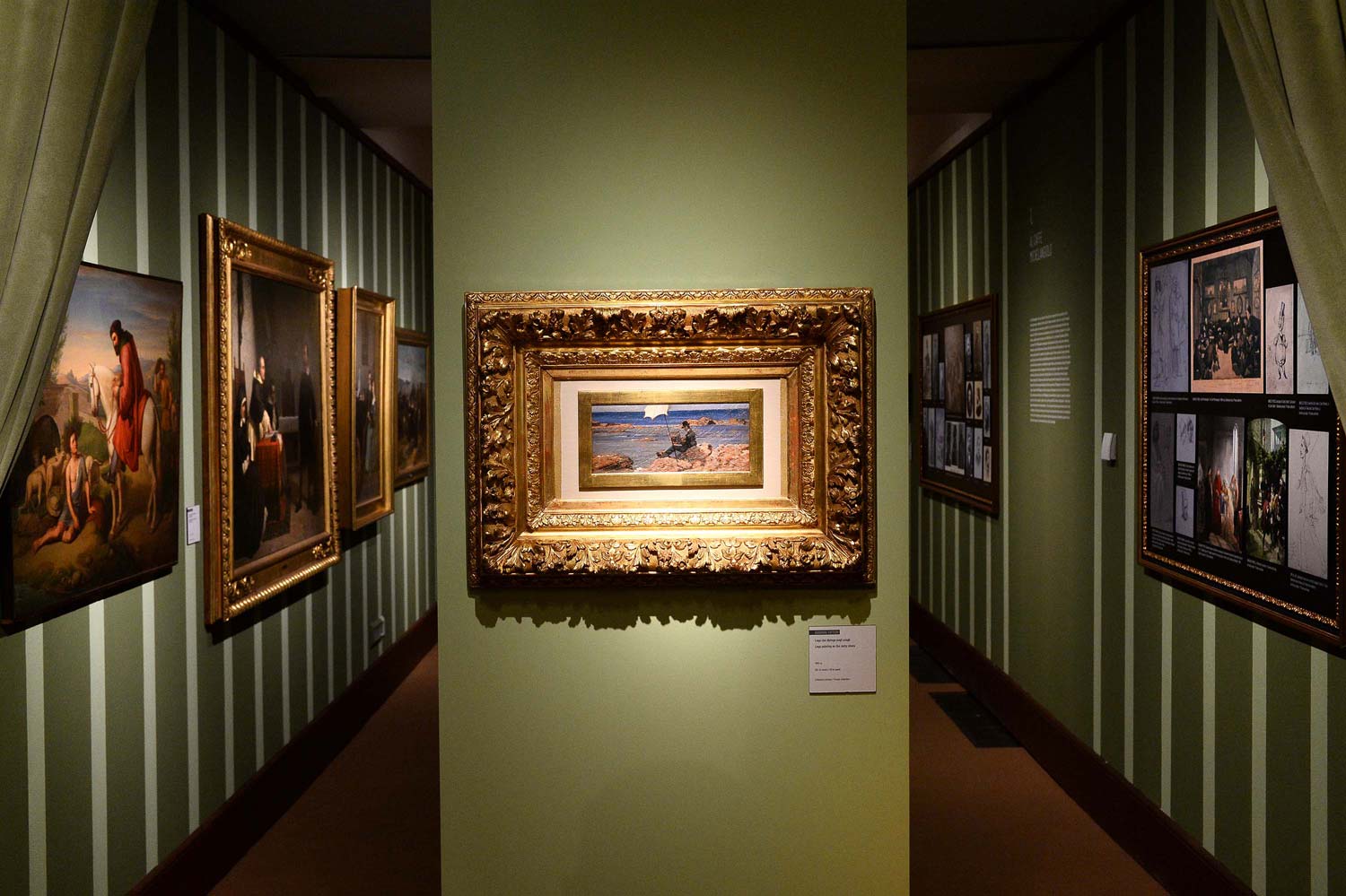
4. Superbarocco at the Scuderie del Quirinale (Rome) and La Forma della Meraviglia at Palazzo Ducale (Genoa).
2022 was the year of the Genoese Baroque: held at the Scuderie del Quirinale in Rome was the major exhibition Superbarocco. Art in Genoa from Rubens to Magnasco (pun on the word “Superb,” Genoa’s nickname), which was supposed to start at the National Gallery in Washington but then was canceled in the U.S. because of Covid. From March 26 to July 3, 2022, in the itinerary curated by Jonathan Bober, Piero Boccardo, and Franco Boggero, the Roman public was able to see the best of the Genoese seventeenth century, with a selection that covered the entire Siglo de los genoveses even with numerous international loans. What’s more, the exhibition was accompanied by a top-notch palimpsest in Genoa: small but dense insights (it is worth mentioning at least the monograph on Domenico Parodi, curated by Daniele Sanguineti and Laura Stagno, which deserves a special mention both for the interest of the proposal and for the ecological and sustainable paradigm of the stagings) culminating in the excellent exhibition La forma della meraviglia at Palazzo Ducale, signed by the same curators of Superbarocco:a sort of collateral of the Roman exhibition where rare or hard-to-see paintings in Italy were displayed. When so-called “territorial marketing” is done properly and without trivializing. Read our review here.

3. Pisanello at the Ducal Palace (Mantua).
Pisanello is a very well known artist, but doing an exhibition on him is extremely difficult, given the paucity of his catalog: one can count on the fingers of two hands the movable works, minus the drawings, that can be assigned to him with certainty. And in Mantua, at the exhibition that Palazzo Ducale dedicates to him(Pisanello. The Tumult of the World, from October 7, 2022 to January 8, 2023), curated by Stefano L’Occaso, there is practically half of his catalog, with the possibility of admiring his only signed work, exhibited for the first time in Italy. But the goodness of this exhibition lies above all in the itinerary that accompanies the remounting of the Sala del Pisanello in the Doge’s Palace, with the paintings discovered in the 1960s: a restoration that has brought important new features, a commendable tour itinerary, an additional possibility for visitors to the Doge’s Palace, and a high-profile scientific review accompanied by a comprehensive catalog. An exhibition, in short, of international level, that despite its small size (about thirty works in all, but who said that an exhibition to be good must necessarily have dozens and dozens of works?) can be considered not only as one of the best in Italy, but one of the best in the world, exactly like the two that precede it in the ranking. Read our review here.
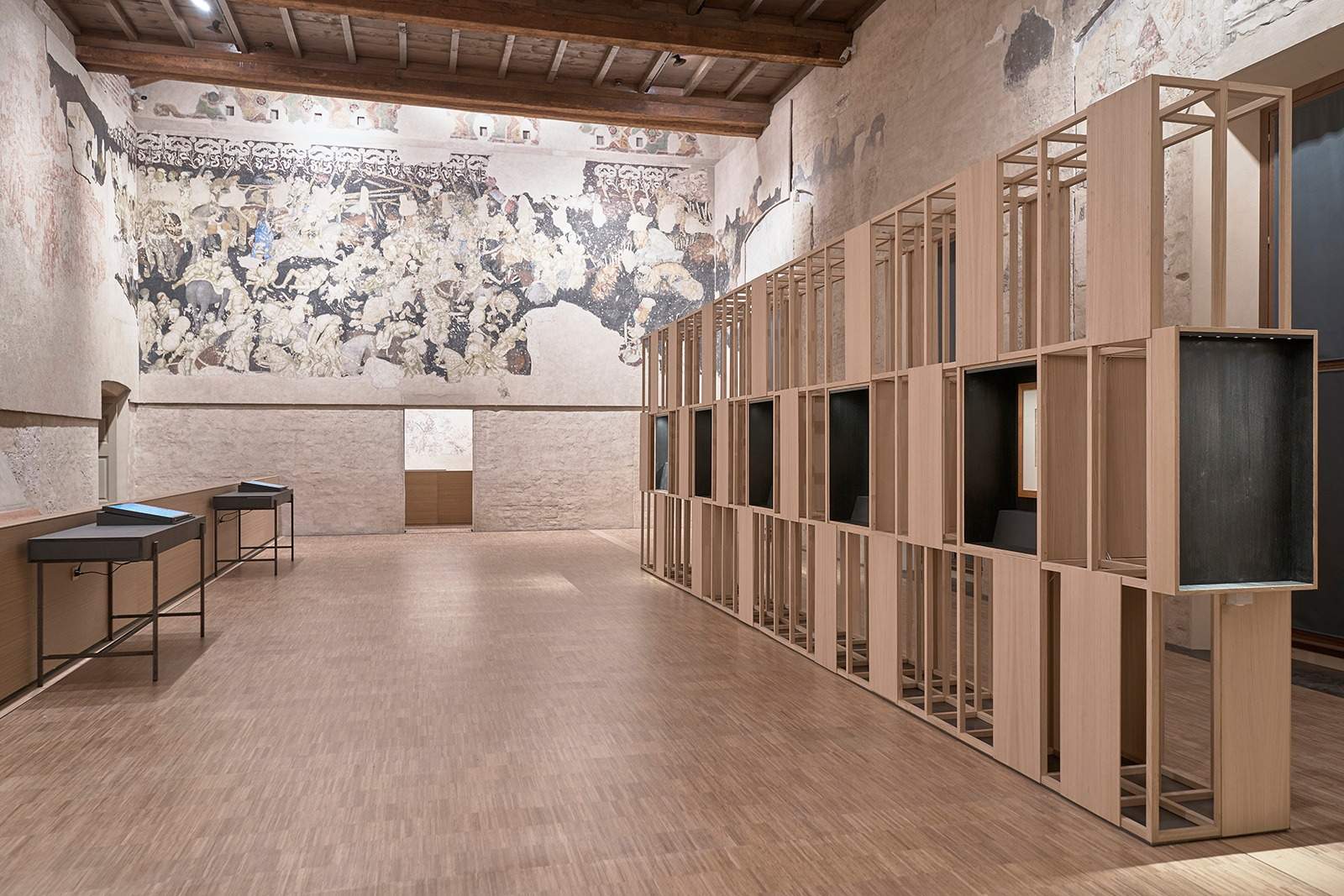
2. Giovan Francesco Caroto at the Palazzo della Gran Guardia (Verona).
Two publications, the best of the artist’s production brought together in a single venue, international loans from the world’s greatest museums, the context reconstructed with great rigor, a network of inter-institutional collaborations led by the partnership with the Palazzo Ducale in Mantua and the Castello Sforzesco in Milan, the first-ever monograph on an extravagant, discontinuous, but decidedly fascinating artist: all this was the exhibition Caroto e le arti tra Mantegna e Veronese, held at the Palazzo della Gran Guardia in Verona from May 13 to October 2, 2022. Curators Francesca Rossi, Gianni Peretti, and Edoardo Rossetti set up an itinerary that, closing a triptych of exhibitions on the Veronese Renaissance that began in 2006 with Mantegna and the Arts in Verona 1450-1500 and continued with Paolo Veronese. The Illusion of Reality, continued to investigate the vicissitudes of art in the city at the turn of the fifteenth and sixteenth centuries by delving into the affairs of Giovan Francesco Caroto. The artist’s sources of inspiration, his masterpieces, the works of the artists who followed him, the works of the authors active in his time, there was everything in the exhibition that needed to be there. The extreme scientific rigor, the excellent arrangements, the clear and valid visiting itinerary for the general public as well as for scholars and enthusiasts, the novelty of the proposal, and the character of the first-ever exhibition on the artist earned the Caroto monograph the silver medal in the Finestre sull’Arte ranking. Read the article on the exhibition here.
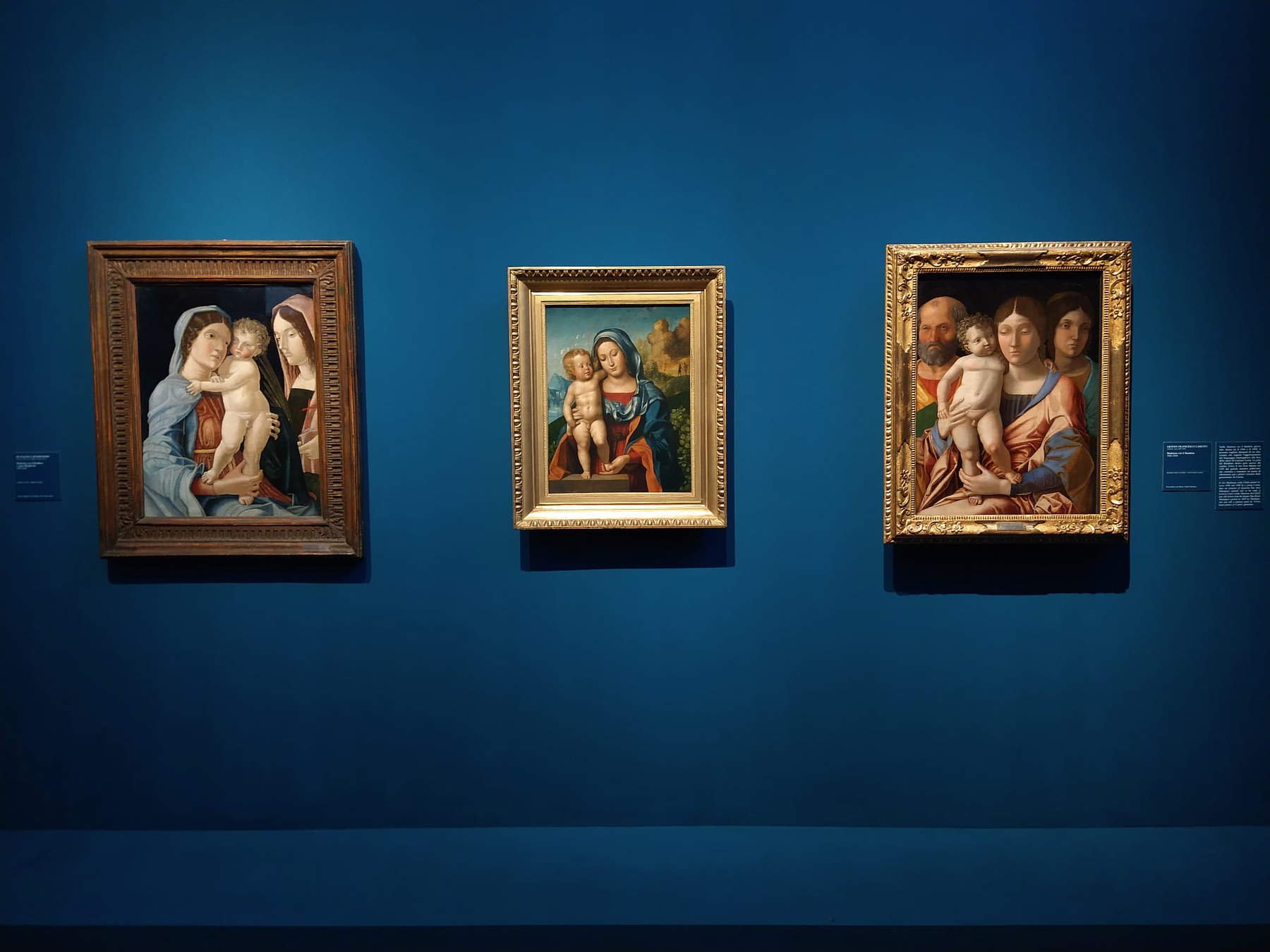
1. Donatello at Palazzo Strozzi and Bargello Museum (Florence)
Highly anticipated and praised everywhere, the exhibition on Donatello curated by Francesco Caglioti wins the title of best exhibition of the year according to Finestre Sull’Arte, after a heated discussion. The title goes to Donatello. The Renaissance, held at Palazzo Strozzi in Florence and the Museo Nazionale del Bargello from March 19 to July 31, 2022, for a number of different reasons. First, because it was a complete exhibition: it lacked only the works of the Museo del Duomo in Florence, which could, however, be reached with a walk of a few minutes. Second, because it fully met its goal of bringing out Donatello as an artist of rupture, so much so that the itinerary well emphasized all the souls of his varied and complex personality, particularly the more extreme and innovative ones. Third, because although everything and more has already been said about Donatello, the exhibition established fixed points and settled the artist’s canon. Fourth, because the context has been duly and punctually evoked with important loans, from Mantegna to Desiderio da Settignano, from Giovanni Bellini to Masaccio. Fifth, because it will be a long time before an exhibition of this kind will be seen on an artist fundamental to all art history, and because such exhibition occasions will be thinning out in the future. Read our review here.
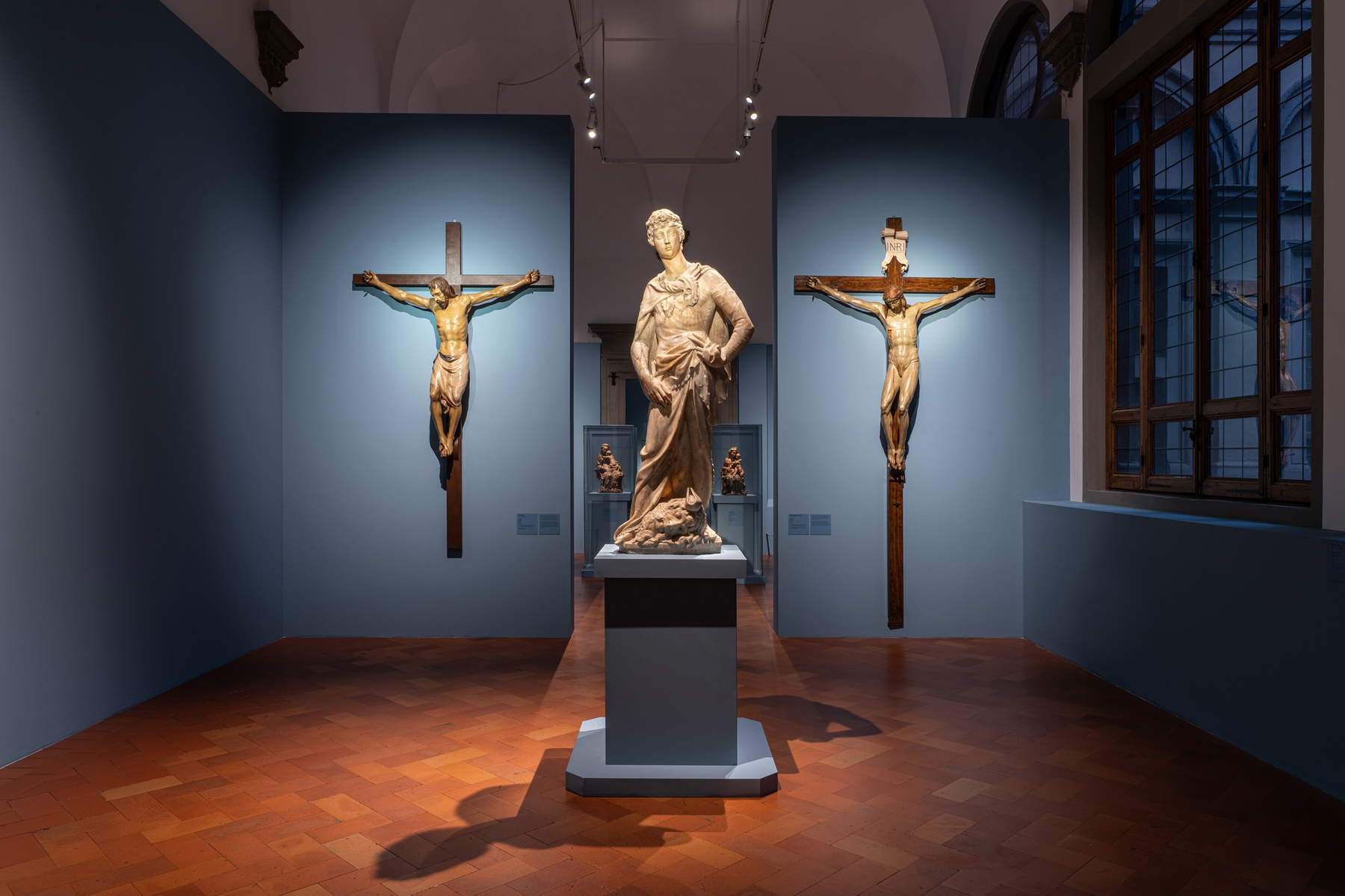
 |
| The 10 best exhibitions of 2022 according to Finestre Sull'Arte |
Warning: the translation into English of the original Italian article was created using automatic tools. We undertake to review all articles, but we do not guarantee the total absence of inaccuracies in the translation due to the program. You can find the original by clicking on the ITA button. If you find any mistake,please contact us.





























